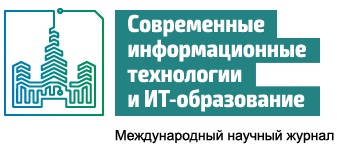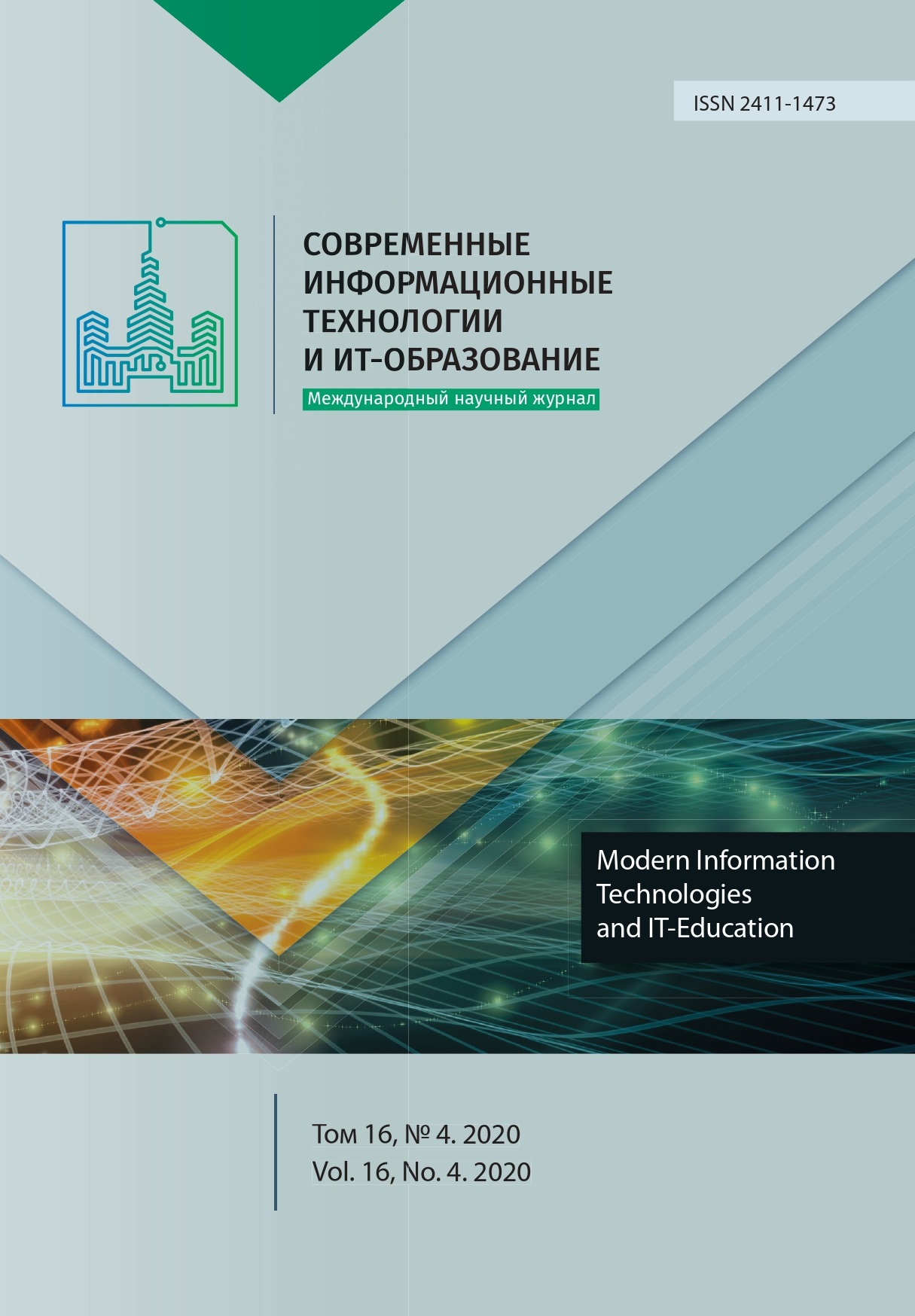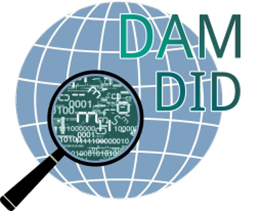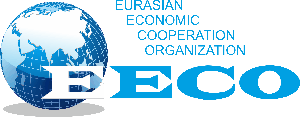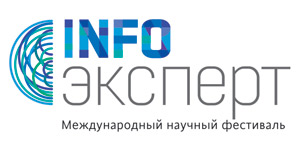Регистрация проходов людей в видеопотоке
Аннотация
Проблема подавления ложных обнаружений в видео актуальна для крупных систем видеонаблюдения, поскольку она приводит к увеличению нагрузки на оборудование и операторов в ситуационных центрах. Также из-за особенности алгоритмов распознавания лиц ложные обнаружения часто приводят к ложным срабатываниям алгоритмов инеднтификации. Поскольку в большинстве систем подсчет уникальных лиц производится через визуальное сопровождение лиц, то важно не учитывать дважды одного человека при разрыве траектории. В работе предлагается подход, который позволяет регистрировать проходы людей при условии перекрытий в сцене, что важно как для решения статистических задач, так и для систем идентификации лиц, где дубликаты лиц приводят к повышенной нагрузке на операторов системы и оборудование. Предложенный алгоритм незначительно повышает вычислительную нагрузку, поэтому он может применяться на бортовых устройствах с ограниченными вычислительными ресурсами. В ряде случаев, например при использовании нестабильных каналов связи для передачи данных, модификация алгоритма позволяет снизить нагрузку на эти каналы за счет сокращения числа дубликатов лиц.
Литература
[2] Zhou D., He Q. Cascaded Multi-Task Learning of Head Segmentation and Density Regression for RGBD Crowd Counting. IEEE Access. 2020; 8:101616-101627. (In Eng.) DOI: https://doi.org/10.1109/ACCESS.2020.2998678
[3] Liciotti D., Cenci A., Frontoni E., Mancini A., Zingaretti P. An Intelligent RGB-D Video System for Bus Passenger Counting. In: Chen W., Hosoda K., Menegatti E., Shimizu M., Wang H. (ed.) Intelligent Autonomous Systems 14. IAS 2016. Advances in Intelligent Systems and Computing. 2017; 531:473-484. Springer, Cham. (In Eng.) DOI: https://doi.org/10.1007/978-3-319-48036-7_34
[4] Liu W. et al. SSD: Single Shot MultiBox Detector. In: Leibe B., Matas J., Sebe N., Welling M. (ed.) Computer Vision – ECCV 2016. ECCV 2016. Lecture Notes in Computer Science. 2016; 9905:21-37. Springer, Cham. (In Eng.) DOI: https://doi.org/10.1007/978-3-319-46448-0_2
[5] Shi J., Tomasi Good features to track. In: 1994 Proceedings of IEEE Conference on Computer Vision and Pattern Recognition. Seattle, WA, USA; 1994. p. 593-600. (In Eng.) DOI: https://doi.org/10.1109/CVPR.1994.323794
[6] Li H., Li Y., Porikli F. Robust Online Visual Tracking with a Single Convolutional Neural Network. In: Cremers D., Reid I., Saito H., Yang MH. (ed.) Computer Vision - ACCV 2014. ACCV 2014. Lecture Notes in Computer Science. 2015; 9007:194-209. Springer, Cham. (In Eng.) DOI: https://doi.org/10.1007/978-3-319-16814-2_13
[7] Lin C., Hung Y. A Prior-Less Method for Multi-face Tracking in Unconstrained Videos. In: 2018 IEEE/CVF Conference on Computer Vision and Pattern Recognition. Salt Lake City, UT, USA; 2018. p. 538-547. (In Eng.) DOI: https://doi.org/10.1109/CVPR.2018.00063
[8] Munkres J. Algorithms for the Assignment and Transportation Problems. Journal of the Society for Industrial and Applied Mathematics. 1957; 5(1):32-38. (In Eng.) DOI: https://doi.org/10.1137/0105003
[9] Deng J., Guo J., Xue N., Zafeiriou S. ArcFace: Additive Angular Margin Loss for Deep Face Recognition. In: 2019 IEEE/CVF Conference on Computer Vision and Pattern Recognition (CVPR). Long Beach, CA, USA; 2019. p. 4685-4694. (In Eng.) DOI: https://doi.org/10.1109/CVPR.2019.00482
[10] Chen T. et al. MXNet: A Flexible and Efficient Machine Learning Library for Heterogeneous Distributed Systems. arXiv:1512.01274, 2015. Available at: https://arxiv.org/abs/1512.01274 (accessed 11.08.2020). (In Eng.)
[11] Bagrov N.Y., Konushin A.S., Konushin V.S. A Semi-Automatic Method of Collecting Samples for Learning a Face Identification Algorithm. Programming and Computer Software. 2019; 45(3):133-139. (In Eng.) DOI: https://doi.org/10.1134/S0361768819030022
[12] Guo Y., Zhang L., Hu Y., He X., Gao J. MS-Celeb-1M: A Dataset and Benchmark for Large-Scale Face Recognition. In: Leibe B., Matas J., Sebe N., Welling M. (ed.) Computer Vision – ECCV 2016. ECCV 2016. Lecture Notes in Computer Science. 2016; 9907:87-102. Springer, Cham. (In Eng.) DOI: https://doi.org/10.1007/978-3-319-46487-9_6
[13] Yi D., Lei Z., Liao S., Li S.Z. Learning Face Representation from Scratch. arXiv:1411.7923, 2014. Available at: https://arxiv.org/abs/1411.7923 (accessed 11.08.2020). (In Eng.)
[14] Lisin N., Gromov A., Konushin V., Konushin A. Improving the Neural Network Algorithm for Assessing the Quality of Facial Images. CEUR Workshop Proceedings. 2020; 2744. Article 28. Available at: http://ceur-ws.org/Vol-2744/paper28.pdf (accessed 11.08.2020). (In Eng.)
[15] Nasrollahi K., Moeslund T.B. Face Quality Assessment System in Video Sequences. In: Schouten B., Juul N.C., Drygajlo A., Tistarelli M. (ed.) Biometrics and Identity Management. BioID 2008. Lecture Notes in Computer Science. 2008; 5372:10-18. Springer, Berlin, Heidelberg. (In Eng.) DOI: https://doi.org/10.1007/978-3-540-89991-4_2
[16] Wong Y., Chen S., Mau S., Sanderson C., Lovell B.C. Patch-based probabilistic image quality assessment for face selection and improved video-based face recognition. In: CVPR 2011 WORKSHOPS. Colorado Springs, CO, USA; 2011. p. 74-81. (In Eng.) DOI: https://doi.org/10.1109/CVPRW.2011.5981881
[17] Nikitin M.Yu., Konushin V.S., Konushin A.S. Neural network model for video-based face recognition with frames quality assessment. Computer Optics. 2017; 41(5):732-742. (In Russ., abstract in Eng.) DOI: https://doi.org/10.18287/2412-6179-2017-41-5-732-742
[18] Vignesh S., Priya K. V. S. N. L. M., Channappayya S.S. Face image quality assessment for face selection in surveillance video using convolutional neural networks. In: 2015 IEEE Global Conference on Signal and Information Processing (GlobalSIP). Orlando, FL, USA; 2015. p. 577-581. (In Eng.) DOI: https://doi.org/10.1109/GlobalSIP.2015.7418261
[19] Koide K., Menegatti E., Carraro M., Munaro M., Miura J. People tracking and re-identification by face recognition for RGB-D camera networks. In: 2017 European Conference on Mobile Robots (ECMR). Paris, France; 2017. p. 1-7. (In Eng.) DOI: https://doi.org/10.1109/ECMR.2017.8098689
[20] Wang Y., Shen J., Petridis S., Pantic M. A real-time and unsupervised face re-identification system for human-robot interaction. Pattern Recognition Letters. 2019; 128:559-568. (In Eng.) DOI: https://doi.org/10.1016/j.patrec.2018.04.009
[21] Kalaiselvi P., Nithya S. Face Recognition System under Varying Lighting Conditions. IOSR Journal of Computer Engineering. 2013; 14(3):79-88. (In Eng.) DOI: https://doi.org/10.9790/0661-1437988
[22] Adini Y., Moses Y., Ullman S. Face recognition: the problem of compensating for changes in illumination direction. IEEE Transactions on Pattern Analysis and Machine Intelligence. 1997; 19(7):721-732. (In Eng.) DOI: https://doi.org/10.1109/34.598229
[23] Nikitin M.Yu., Konushin V.S., Konushin A.S. Face anti-spoofing with joint spoofing medium detection and eye blinking analysis. Computer Optics. 2019; 43(4):618-626. (In Eng.) DOI: https://doi.org/10.18287/2412-6179-2019-43-4-618-626
[24] Bradski G., Kaehler A. Learning OpenCV. O'Reilly Media, Inc.; 2008. (In Eng.)
[25] Yu Q., Cheng H.H., Cheng W.W., Zhou X. Ch OpenCV for interactive open architecture computer vision. Advances in Engineering Software. 2004; 35(8-9):527-536. (In Eng.) DOI: https://doi.org/10.1016/j.advengsoft.2004.05.003

Это произведение доступно по лицензии Creative Commons «Attribution» («Атрибуция») 4.0 Всемирная.
Редакционная политика журнала основывается на традиционных этических принципах российской научной периодики и строится с учетом этических норм работы редакторов и издателей, закрепленных в Кодексе поведения и руководящих принципах наилучшей практики для редактора журнала (Code of Conduct and Best Practice Guidelines for Journal Editors) и Кодексе поведения для издателя журнала (Code of Conduct for Journal Publishers), разработанных Комитетом по публикационной этике - Committee on Publication Ethics (COPE). В процессе издательской деятельности редколлегия журнала руководствуется международными правилами охраны авторского права, нормами действующего законодательства РФ, международными издательскими стандартами и обязательной ссылке на первоисточник.
Журнал позволяет авторам сохранять авторское право без ограничений. Журнал позволяет авторам сохранить права на публикацию без ограничений.
Издательская политика в области авторского права и архивирования определяются «зеленым цветом» в базе данных SHERPA/RoMEO.
Все статьи распространяются на условиях лицензии Creative Commons «Attribution» («Атрибуция») 4.0 Всемирная, которая позволяет другим использовать, распространять, дополнять эту работу с обязательной ссылкой на оригинальную работу и публикацию в этом журналe.
